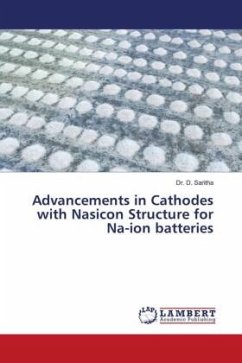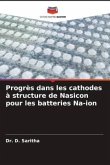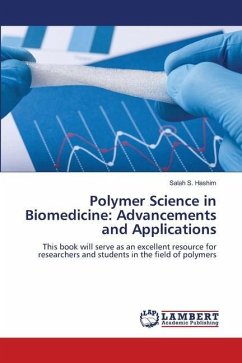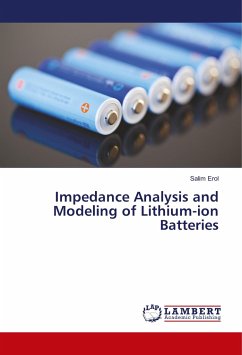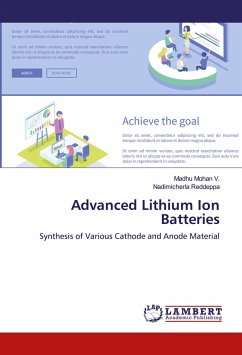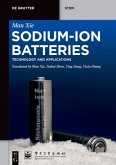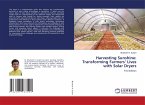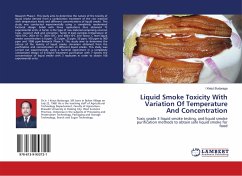Na-ion batteries, promising for electric vehicles and grids due to the abundance and uniform distribution of sodium, face challenges in achieving sufficient energy density through cathode materials chemistry. Among various cathode constituents explored for Na-ion batteries, scientists have investigated Nasicon compounds. The open framework of Nasicon structures facilitates Na+ ion diffusion, making them excellent cathode materials. Recognized for structural and thermal stabilities, a wide range of electrochemical potentials, and superior ionic conductivity, Nasicon-based materials are considered significant cathode constituents. However, their poor electronic conductivity limits practical applications, prompting researchers to employ strategies such as carbon coating, size reduction, and elemental doping to enhance electronic conductivity. This paper provides an overview of the recent progress in the development of Nasicon-based cathode constituents for Na-ion batteries.
Bitte wählen Sie Ihr Anliegen aus.
Rechnungen
Retourenschein anfordern
Bestellstatus
Storno

